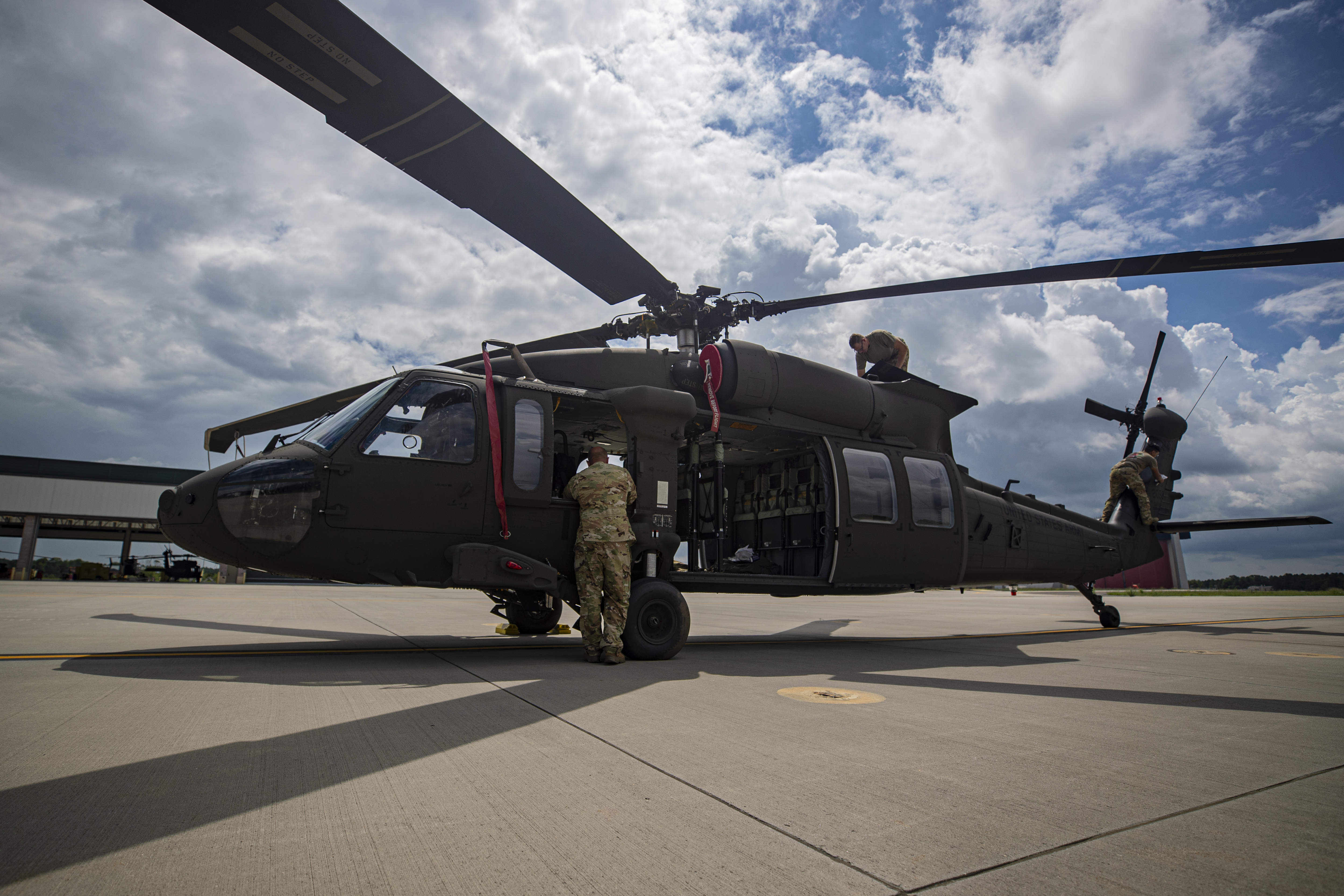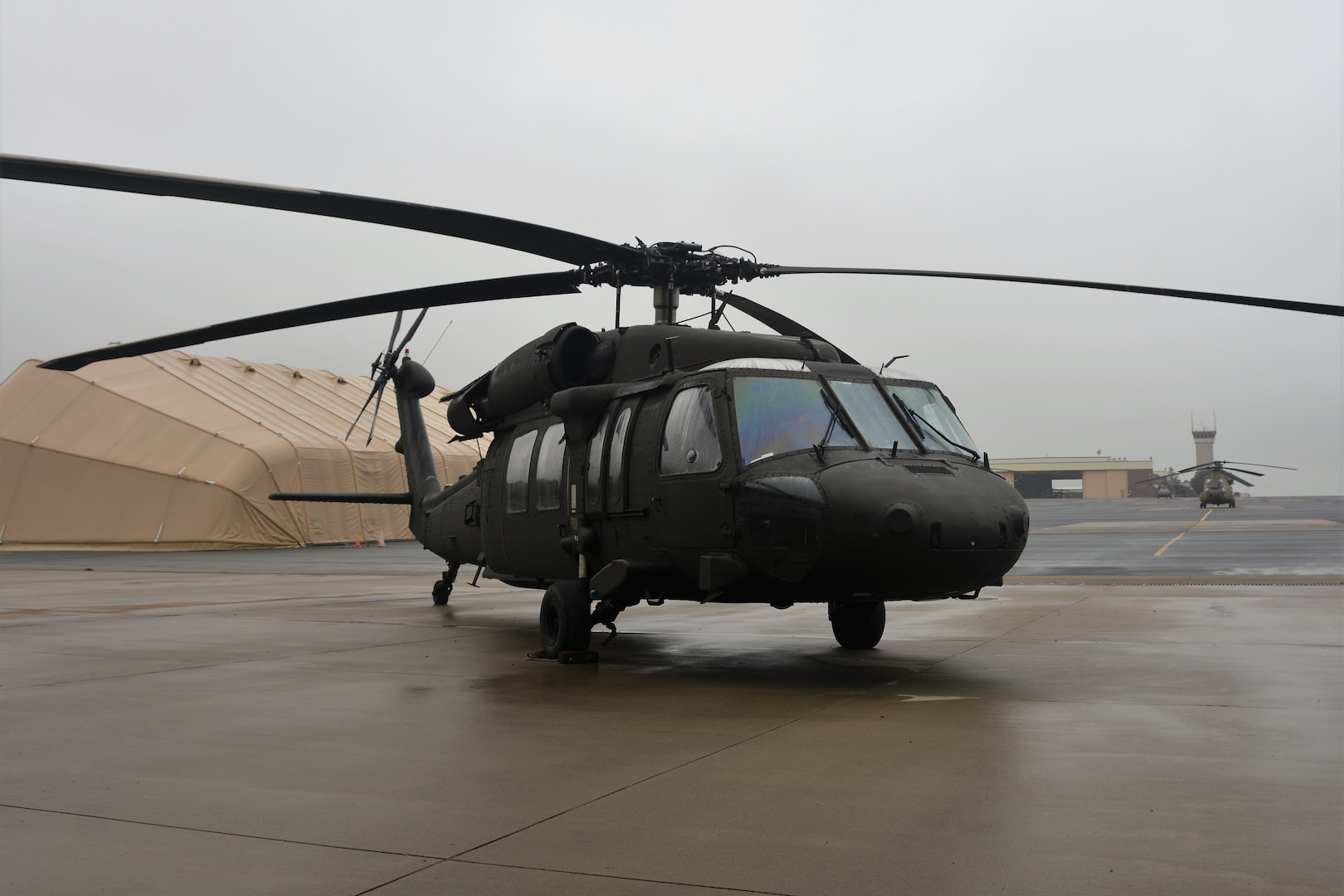Maintenance and Maintenance for UH 60 Helicopters
Maintenance and Maintenance for UH 60 Helicopters
Blog Article
Discovering the Innovative Technology Behind Aircraft Style and Design
The field of aircraft layout and design is experiencing a transformative change driven by ingenious modern technologies that improve performance, efficiency, and sustainability. As the market grapples with the challenges of ecological obligation, developments in lasting aeronautics innovations assure to reshape the future.
Advanced Products in Airplane Layout
Just how can the assimilation of innovative products transform airplane layout? The incorporation of advanced materials, such as carbon fiber composites, titanium alloys, and advanced porcelains, plays an essential role in improving airplane performance and efficiency.
Additionally, sophisticated products exhibit improved resistance to deterioration and fatigue, causing reduced maintenance expenses and prolonged solution life. The use of titanium in vital parts helps stand up to severe temperature levels and stress and anxieties, while carbon fiber compounds give flexibility in style and manufacturing processes. This versatility permits more aerodynamic forms, adding to remarkable efficiency characteristics.
Furthermore, the integration of smart products, which can transform residential or commercial properties in action to exterior stimulations, opens new opportunities for adaptive systems in aircraft layout. uh 60. These technologies assure not just to boost safety and security and functional effectiveness but additionally to contribute to sustainability initiatives by lessening environmental effect with decreased discharges. In summary, progressed materials are redefining the landscape of aircraft layout, paving the way for extra reliable, sturdy, and eco-friendly aviation remedies
Aerodynamic Innovations for Efficiency
Aerodynamic innovations play a critical duty in improving aircraft effectiveness, considerably affecting fuel intake and total performance. Developments in airfoil design, such as the introduction of supercritical wings, allow for maximized lift-to-drag proportions, reducing drag at transonic rates. These developments make it possible for airplane to preserve higher speeds with lower fuel expenditure, straight influencing functional costs and environmental sustainability.
In addition, the integration of winglets has actually proven reliable in alleviating vortex-induced drag at the ideas of wings, even more boosting fuel performance - uh 60. This design adjustment results in a reduction in wake disturbance, adding to enhanced aerodynamic efficiency during cruise ship conditions

Moreover, computational fluid characteristics (CFD) tools have transformed the testing and refinement of aerodynamic shapes, permitting exact simulations of air flow around aircraft (uh 60). This enables engineers to innovate continually, making sure that contemporary aircraft not just satisfy regulatory criteria but also push the limits of effectiveness in air travel

Role of Computer System Simulations
Computer system simulations have come to be a crucial tool in the field of airplane style, enabling designers to carry out detailed evaluations and optimizations of different layout elements. These simulations enable the digital testing of aerodynamic buildings, structural integrity, and efficiency metrics long before physical models are built. By using computational fluid characteristics (CFD) and finite component analysis (FEA), designers can forecast how air flows around the aircraft and just how different products will certainly respond to stress and anxiety and stress.
In addition, computer simulations assist in the expedition of a wide range of variables and situations, increasing the design procedure and reducing prices connected with physical testing. This capacity not only improves the precision of forecasts concerning aircraft actions but likewise uses insights right into potential style renovations that could not be right away apparent through traditional approaches.

Furthermore, simulations aid ensure compliance with stringent safety policies by enabling engineers to recognize and fix potential concerns early in the layout stage. The combination of simulation innovations into the aircraft style process underscores the considerable advancements in engineering methods, eventually contributing to the growth of more secure, extra reliable, and eco pleasant airplane.
Expert System in Design
Expert system (AI) is reinventing the design landscape, particularly in airplane layout, by optimizing and enhancing decision-making processes layout process. Via device understanding formulas, AI can assess substantial datasets, uncovering patterns and understandings that educate design choices and enhance general performance.
AI applications in aircraft design include generative design, where algorithms produce numerous design alternatives based upon specified specifications, permitting designers to assess a wider array of possibilities. This not only speeds up the style phase but also makes sure that the end products meet rigid efficiency and safety and security requirements.
Additionally, AI-driven predictive analytics facilitate maintenance scheduling by assessing historical data and forecasting possible failures. This aggressive approach decreases downtime and improves airplane reliability.
In addition, AI help in simulation and modeling, making it possible for engineers to examine designs under different problems without the need for physical prototypes. This capacity reduces development timelines and reduces prices related to standard testing methods.
Lasting Aeronautics Technologies
How can the aeronautics market efficiently balance growth and ecological duty? The solution hinges on the adoption of lasting aviation modern technologies that prioritize effectiveness and lower carbon exhausts. Advancements why not check here such as lasting air travel gas (SAFs), which are originated from renewable energies, have become an important element in achieving lower lifecycle exhausts. SAFs can considerably reduce the carbon impact of flights, making them a sensible choice to typical jet gas.
Additionally, advancements in airplane layout, such as the growth of lighter products and more aerodynamically efficient forms, add to enhanced fuel effectiveness. Electric and hybrid propulsion systems are additionally obtaining grip, offering a pathway to reduce dependence on nonrenewable fuel sources and reduce greenhouse gas emissions.
The integration of these modern technologies is supported by governing structures and sector cooperations focused on setting ambitious sustainability targets. Digital devices like information analytics and artificial intelligence can maximize trip operations, further enhancing gas efficiency. By accepting sustainable methods and innovations, the air travel sector can not just meet the expanding need for air traveling yet also play a critical function in their website resolving environment adjustment, ensuring an extra lasting future for air transport.
Conclusion
The merging of innovative products, aerodynamic innovations, and advanced innovations notes a considerable advancement in airplane layout and design. The assimilation of carbon fiber composites, titanium alloys, and AI-driven processes not just boosts performance and efficiency yet additionally simplifies operations and anticipating upkeep. The ongoing growth of lasting air travel innovations highlights a dedication to ecological obligation, leading the means for a greener future in air travel. This constant innovation will shape my blog the sector's trajectory for several years to come.

Computer system simulations have become a vital device in the field of airplane layout, enabling engineers to carry out in-depth evaluations and optimizations of numerous layout aspects.The convergence of innovative materials, wind resistant advancements, and advanced modern technologies notes a significant evolution in aircraft style and engineering.
Report this page